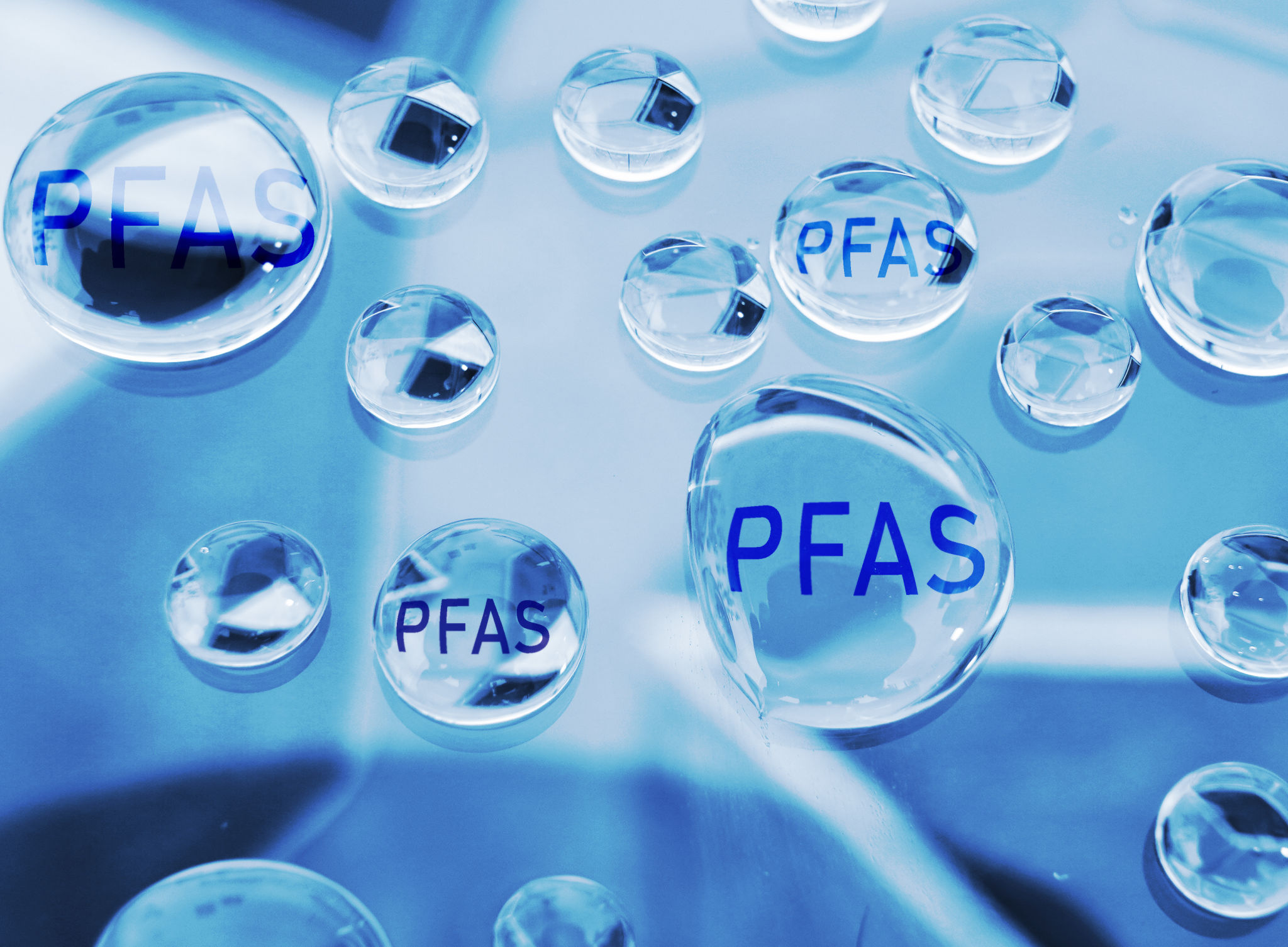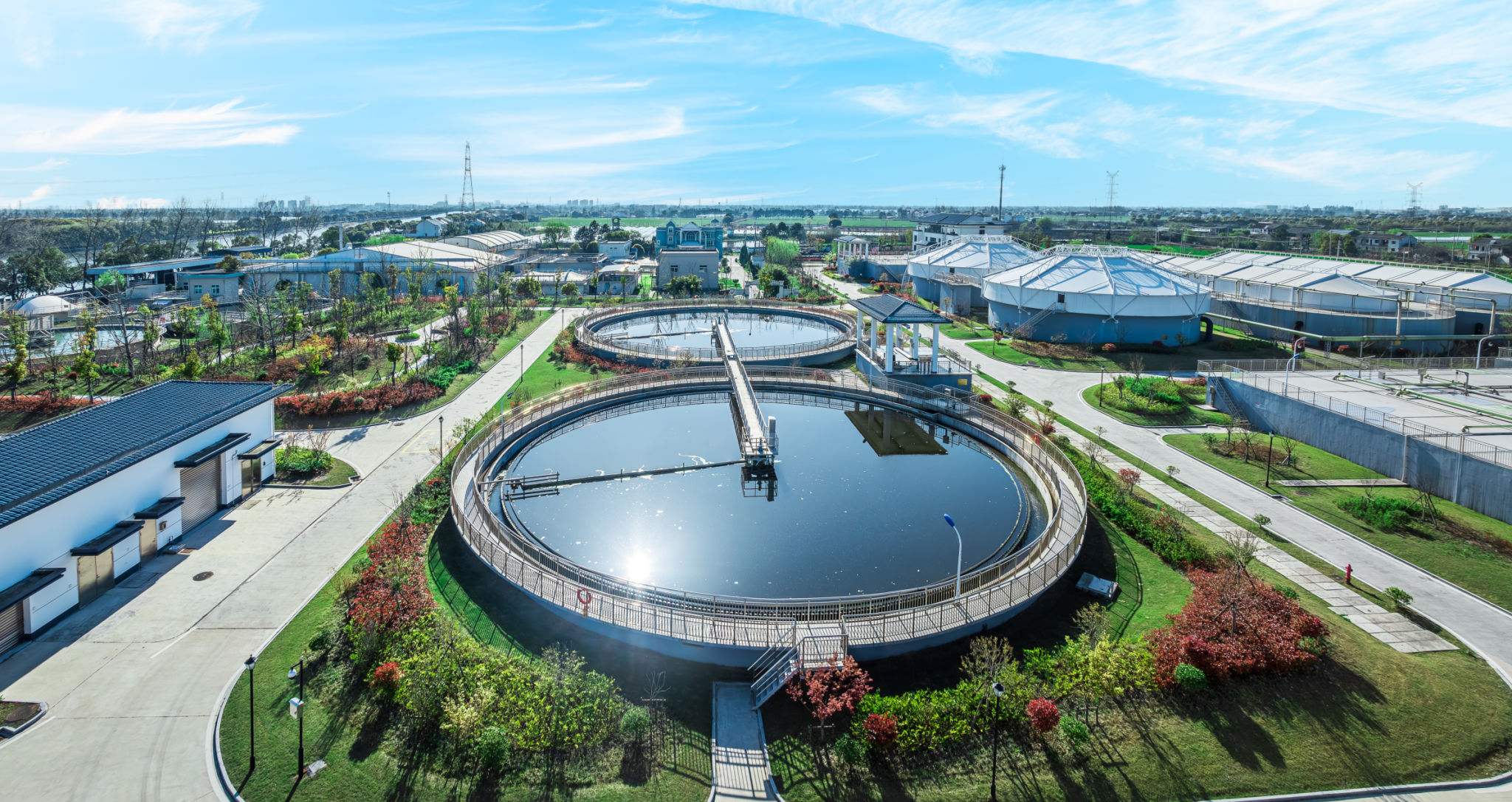PFAS in Drinking Water: Legal and Environmental Considerations
Understanding PFAS: An Overview
Per- and polyfluoroalkyl substances (PFAS) are a group of man-made chemicals that have been used in various industrial applications and consumer products since the 1940s. Known for their strong carbon-fluorine bonds, PFAS are resistant to heat, water, and oil, making them highly durable and persistent in the environment. This persistence has led to widespread contamination of drinking water sources, raising both legal and environmental concerns.

PFAS in Drinking Water: Health Implications
Exposure to PFAS through drinking water has been linked to several adverse health effects. These include increased cholesterol levels, changes in liver enzymes, and increased risk of certain cancers. The chemicals can accumulate over time in the human body, leading to long-term health consequences. As awareness of these risks grows, communities are increasingly demanding action to address PFAS contamination.
Regulatory Framework and Legal Challenges
Governments around the world are grappling with how to regulate PFAS effectively. In the United States, the Environmental Protection Agency (EPA) has been working on setting enforceable limits for these substances in drinking water. However, the process is complex, involving scientific research and public input. Meanwhile, several states have enacted their own regulations, which sometimes differ significantly from federal guidelines.

Lawsuits and Liability
The presence of PFAS in drinking water has resulted in numerous lawsuits against manufacturers and users of these chemicals. Plaintiffs often include municipalities seeking compensation for cleanup costs and residents affected by contamination. These legal actions highlight the potential liability that companies face, underscoring the importance of proactive measures to manage PFAS use and disposal.
Environmental Considerations
The environmental impact of PFAS extends beyond human health risks. These chemicals can contaminate soil, surface water, and groundwater, affecting ecosystems and wildlife. The persistence of PFAS means they can travel long distances from their original source, making contamination a widespread problem that demands comprehensive solutions.
Remediation Efforts
Efforts to remediate PFAS-contaminated sites are challenging due to the chemicals' resistance to degradation. Traditional water treatment methods are often ineffective, prompting the development of new technologies specifically designed to target PFAS. Innovations such as activated carbon filtration and ion exchange are being explored as potential solutions to reduce PFAS levels in drinking water supplies.

Future Directions and Solutions
Addressing PFAS contamination requires a multi-faceted approach involving regulation, innovation, and public awareness. Governments must continue to refine their regulatory frameworks to ensure protection of public health while fostering technological advancements in remediation techniques. Furthermore, raising public awareness about PFAS can drive demand for safer products and practices.
Community Involvement
Community involvement plays a crucial role in managing PFAS issues. Local advocacy groups can influence policy changes and encourage companies to adopt safer alternatives. Public participation in decision-making processes ensures that the voices of those affected by contamination are heard, leading to more equitable and effective solutions.
In conclusion, tackling the challenge of PFAS in drinking water requires collaboration among governments, industry stakeholders, and communities. By understanding the legal and environmental considerations associated with these chemicals, we can develop strategies to protect public health and preserve our natural resources for future generations.